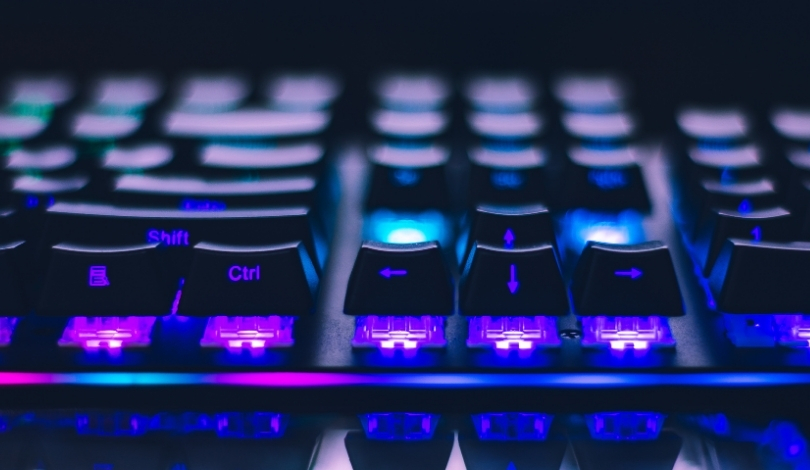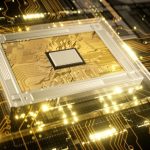Marvel Rivals showcases sophisticated portal mechanics, enhancing gameplay through seamless spatial transitions. The integration of Unreal Engine 5 has allowed the game to feature Doctor Strange’s iconic abilities, providing players with immersive experiences. This development not only highlights the technical prowess behind the scenes but also elevates the strategic depth of the superhero multiplayer environment.
NetEase’s collaboration with Epic Games has been pivotal in bringing a diverse roster of Marvel heroes to life, ensuring each character’s unique abilities are faithfully represented. The use of advanced rendering techniques has set a new standard for hero shooters, making Marvel Rivals a noteworthy contender in the competitive gaming market.
What Challenges Did Developers Face with Portal Integration?
Implementing Doctor Strange’s portals presented significant technical hurdles.
“Creating portals that enable real-time spatial connections and bi-directional combat interactions not only presented complex gameplay implementation challenges, but also introduced unprecedented performance demands when combined with advanced graphics features,”
explained Ruan Weikang, technical lead designer at Marvel Rivals. The complexity arose from the need to balance visual fidelity with smooth performance, particularly during intense combat scenarios.
How Did Unreal Engine 5 Facilitate Portal Development?
Unreal Engine 5’s scene capture system was initially utilized to render the portals by capturing live footage and deploying it as in-game textures. However, this method resulted in high CPU wait states and increased GPU overhead. To overcome these limitations, the development team adopted a modified ViewPort split-screen implementation, integrating portal rendering directly into the main view pipeline. This approach optimized performance by reducing pixel overdraw and enhancing GPU efficiency.
What Impact Do Portals Have on Gameplay?
The seamless portal transitions significantly enhance tactical gameplay, allowing players to strategically deploy teams and navigate the battlefield effectively. Marvel Rivals generates duplicates of models and effects as they pass through portals, ensuring smooth and uninterrupted visual transitions. This meticulous attention to detail not only preserves the essence of Doctor Strange’s abilities but also adds layers of depth to multiplayer engagements.
Earlier reports highlighted the challenges faced by hero shooters in balancing diverse abilities and maintaining performance. Marvel Rivals’ successful implementation of complex portal mechanics stands in contrast to other games that struggled with similar features. By addressing performance bottlenecks and optimizing rendering processes, Marvel Rivals offers a more stable and engaging experience for players.
Marvel Rivals’ technical achievements demonstrate a commitment to delivering high-quality, immersive gameplay. The effective use of Unreal Engine 5 to implement Doctor Strange’s portals not only showcases the capabilities of modern game development tools but also sets a benchmark for future hero shooters. Players can look forward to a refined multiplayer environment where strategic depth and visual excellence go hand in hand.










